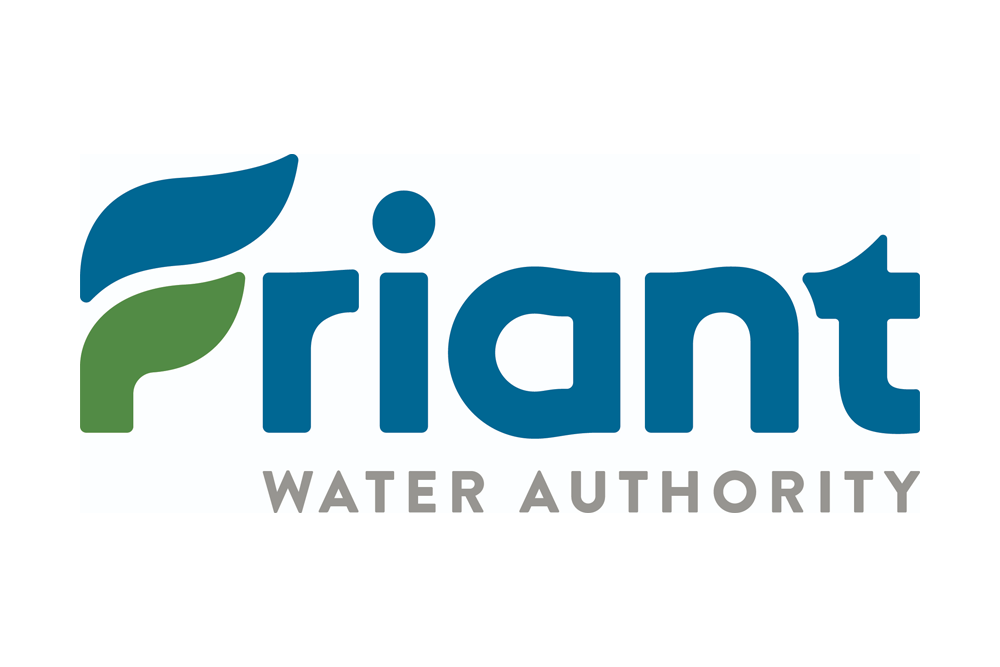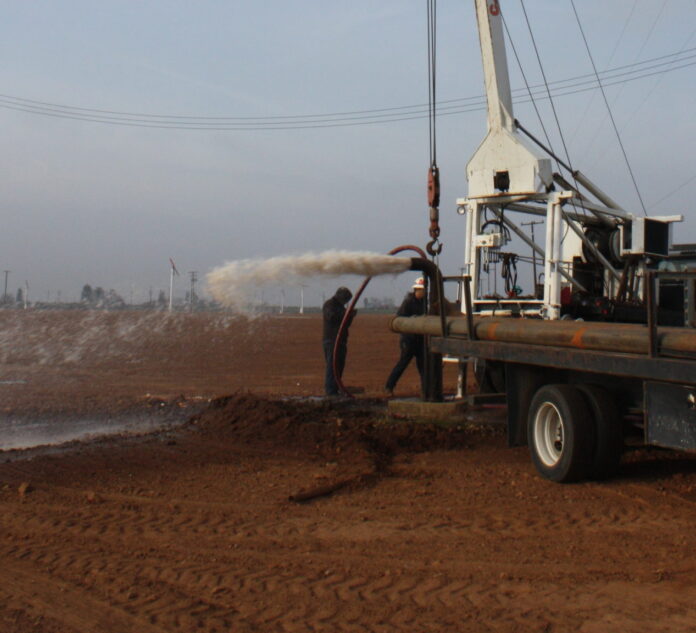By Geoff Vanden Heuvel, Director of Regulator and Economic Affairs Milk Producers Council
As the various Groundwater Sustainability Agencies (GSAs) grapple with implementation of their Sustainability Plans, one of the more challenging issues they face is how to set up a groundwater allocation policy. The Sustainable Groundwater Management Act (SGMA) specifically states that laws governing California water rights were not changed by the Act. When it comes to groundwater, the primary water right that landowners have is called an “overlying” water right. An overlying right is attached to the land and allows a landowner to use the water under his property for beneficial use on that property. The challenge for the  GSAs in critically overdrafted basins is that the amount of water extracted from the ground exceeds the amount of water that is returned to the ground, meaning that groundwater is essentially being mined. The depletion of groundwater in this fashion has been described as an “undesirable result,” which the GSAs are required to stop.
GSAs in critically overdrafted basins is that the amount of water extracted from the ground exceeds the amount of water that is returned to the ground, meaning that groundwater is essentially being mined. The depletion of groundwater in this fashion has been described as an “undesirable result,” which the GSAs are required to stop.
GSAs have done studies to determine how much water can be sustainably extracted from the aquifer and many of them are now in the process of deciding how to allocate that volume of water. Obviously, there is not enough water to allow everyone to pump what they want. So, who gets access to the available supply? This is where the GSAs have been struggling.
Last week Mike Linden, the attorney for the Madera County GSA, gave a very helpful presentation on this issue to their Advisory Committee. The presentation outlined the difference between the legal overlying right to use water and the GSAs right to establish  extraction allocations and allow the transfer of those allocations within the basin. The Madera County GSAs share of the Madera Subbasin native yield is 90,000-acre feet per year. They have 170,000 acres in the GSA, of which 85,000 acres are irrigated. If they spread the 90,000-acre feet equally over the whole 170,000 acres, it amounts to a little over 6 inches of water per year per acre. On the other hand, if they allocate the 90,000-acre feet to just the irrigated acres, it would be a little over 1-acre foot per acre. Attorney Linden made the following points regarding the legal framework that the Madera County GSA was going to use to tackle the question of how the native sustainable yield is going to be allocated.
extraction allocations and allow the transfer of those allocations within the basin. The Madera County GSAs share of the Madera Subbasin native yield is 90,000-acre feet per year. They have 170,000 acres in the GSA, of which 85,000 acres are irrigated. If they spread the 90,000-acre feet equally over the whole 170,000 acres, it amounts to a little over 6 inches of water per year per acre. On the other hand, if they allocate the 90,000-acre feet to just the irrigated acres, it would be a little over 1-acre foot per acre. Attorney Linden made the following points regarding the legal framework that the Madera County GSA was going to use to tackle the question of how the native sustainable yield is going to be allocated.
- His first point was that overlying groundwater rights will be protected.
- Secondly, he defined a water right as the permission to use a reasonable amount of water for a beneficial purpose. The right is to use the water – not the water itself.
- Thirdly, he defined that overlying groundwater rights arise solely from property ownership, not determined by history or frequency of use. If the use is not active, the right is dormant.

He then went on to define reasonable, beneficial use on the land.
- Reasonable: Overdraft is unreasonable; there is no right to pump more than the sustainable yield of the basin.
- Beneficial: Types of beneficial uses include domestic, irrigation, municipal, industrial and fish and wildlife protection.
- On the land: Overlying rights belong to the land, and thus the use must be on the land itself. The right is not transferable.

Overlying rights are correlative. That means that similarly situated property owners generally share an equal priority to use groundwater.
- Correlative rights change over time due to changing circumstances.
o When the basin is not overdrafted, there is no limit so long as the use is reasonable and beneficial.
o When water is insufficient to meet the needs of all, the right is limited to a reasonable share of the water within the basin.
o The exercise of the right should not deny other rights holders their reasonable share of the basin’s safe yield.
Therefore:
- There is no overlying groundwater right other than reasonable, beneficial use on the land.
- It does not include the right to sell the water you would otherwise use.
- It does not include the right to obtain credit for use on other lands.
On the other hand, what SGMA allows GSAs to do is create an allocation policy which is not the same as an overlying right.
- SGMA allows GSAs to establish extraction allocations and to authorize transfers of allocations within a subbasin.
- This is different than an overlying right, which belongs to the land.
- SGMA allows a GSA to manage overdraft over a 20-year period.

- To this end, a GSA may allocate more water than the owner has an overlying right to.
- This is the 20 year “glide path” to sustainability that SGMA allows GSAs to use.
Therefore:
- A full allocation to all non-irrigated land is not necessary to protect the overlying right.
- The right is in the use of water, and non-irrigated land has no current use.
- However, the right can change based on changed circumstances.
- An allocation policy of a GSA is not the subordination of a dormant overlying right.
Attorney Linden summed up with the following points:
- The water right is the right to use the water (beneficially and reasonably) on the land
- An overlying water right is tied to the land
- An allocation is not a water right and vice versa

What followed Attorney Linden’s presentation was a proposed allocation policy that allocates the native yield to irrigated lands and creates two pools of transition water, which is essentially overdraft water, that will be made available in declining amounts over the next 20 years to the irrigated lands. This will very likely be accompanied by fees for the usage of that transition water. Currently unirrigated lands would have the opportunity in the future to “opt-in” to receive their share of the allocation for use on their land in exchange for paying fees. This policy is a work in progress but does represent a significant step forward in fleshing out what operating in a GSA with very limited surface water resources will look like in the years ahead.
DISCLAIMER OF RESPONSIBILITY; Waterwrights strives to provide his clients with the most complete, up-to-date, and accurate information available. Nevertheless, Waterwrights does not serve as a guarantor of the accuracy or completeness of the information provided, and specifically disclaims any and all responsibility for information that is not accurate, up-to-date, or complete. Waterwrights’ clients therefore rely on the accuracy, completeness and timeliness of information from Waterwrights entirely at their own risk. The opinions expressed in this report are those of the author and do not represent any advertisers or third parties.
ALL RIGHTS RESERVED. Copyright 2020 by WaterWrights.net/DAW


































